Citralah
Cannabinoid THC Dominant
THC 16 - 18.5%
CBD 0.05 - 0.62%
Effect Tingly
Side Effect Concern
Flavor Violet
Citralah Strain Cannabinoids
| THC | Tetrahydrocannabinol, or THC, is a major cannabis chemical compound. It is a psychoactive element that stimulates dopamine release and induces euphoria or happiness. THC-rich strains may be helpful with such conditions as lack of appetite, chronic pains , etc. It is considered to be the primary active marijuana component. | 16 - 18.5% |
| CBD | Cannabidiol, or CBD, is a major compound in cannabis, which is non-psychoactive. It is also proved to counteract the side effects of the second major component THC. CBD is widely used for medicinal purposes in rubs, oils and so on. It is helpful in muscle pain cases, may treat arthritis and migraines. Even Greeks used it against pain, while Queen Victoria applied it to get rid of menstrual cramps. | 0.05 - 0.62% |
| CBC | Cannabichromene, or CBC, is a minor cannabinoid, meaning that its quantity in cannabis is quite little. Though it has the same origin as CBD and THC, it is different in functions. Without any psychoactive effects, it is an efficient cannabis compound in combating acne and depression. CBC produces analgesic, antibacterial and anti-inflammatory effects. | 0.17 - 0.57% |
| CBG | Cannabigerol, or CBG, is one of the minor cannabis compounds in adult plants. On the other hand, young ones contain a lot of this antibacterial and anti-inflammatory component. During the growth, CBG is converted into different cannabinoids, mostly THC and CBD. The compound itself increases appetite and decreases eye pressure. | 0.19 - 0.79% |
| CBN | Cannabinol, or CBN, is a trace element in cannabis that is considered to be mildly psychoactive. It appears from oxidation THC, exposed to light and heat. CBN is mostly contained in old cannabis and in traditional hashish. It is effective against insomnia, bacterial infections and appetite loss. | 0.3 - 0.18% |
| THCV | Tetrahydrocannabivarin, or THC-V, is a compound contained in cannabis in trace amounts. Even though it is close to THC molecularly, it is different in effects. This compound may be psychoactive only in large amounts. THC-V reduces blood sugar, controls appetite, stimulates bone growth, etc. African Sativa strains are the richest in THC-V. | 0.31 - 0.52% |
Citralah Strain Information
| Effects | |
| Side Effects |
Concern
Paranoia
Insomnia
Rapid heart beat
Dizzy
Hunger
Tingly
Fatigue
Dry eyes
Headache
|
| Common Usage | |
| Taste | |
| Terpenes | |
| Breeder |
Unknown
|
| Color |
Green
|
| Strain origin |
Afghanistan
Pakistan
|
Citralah Strain Growing Information
| Flowering Time | 50 - 61 Days |
| Harvest Time | 66 Days |
| Flowering Type | Autoflowering |
| Height indoor | 30-60 Inches |
| Height outdoor | 30-60 Inches |
| Yield indoor | 0.5 - 1 Oz/Ft² (~ 300 g/m²) |
| Yield outdoor | 10 - 15 Oz/plant (~ 400 g/plant) |
Citralah Terpene Profile
| Humulene | Humulene (also known as α-humulene) is one of the major terpenes found in cannabis, contributing to woody, earthy, spicy, herbaceous, and, mainly, floral aromas of cannabis. Used in modern medicine, humulene offers anti-inflammatory, antibacterial, and appetite suppressant effects, which have been well-researched by pharmaceutical companies. | 0.5% |
| Sabinene | Sabinene is a terpene with a peppery, spicy, citrusy, and piney aroma, presented in Norway spruce, Holm oak trees, black pepper, cardamom, and carrot seeds. Found in cannabis in small quantities. Allegedly, sabinene has anti-inflammatory and antimicrobial properties. | 0.29% |
| Phellandrene | Phellandrene (also known as alpha- and beta-phellandrene) is one of the rare terpenes found in cannabis with antihyperalgesic and antidepressive properties. Phellandrene contributes to a minty, woody, and mildly citrus aroma in cannabis. Previously confused with limonene and pinene, phellandrene was eventually distinguished as a separate terpene common for eucalyptus. Also, it could be found in mint, dill, black pepper, cinnamon, parsley, pine, and lavender. | 0.21% |
| Total terpenes content | 1.00% |
Citralah Relative Strains
| Parents Strains |
Citralah strain lineage
Citralah Terpene and Taste Chemistry
Similar Strains By Effects
THC 17.33 - 20.33%
CBD 0.41 - 0.63%
Effect Giggly
Flavor Sweet
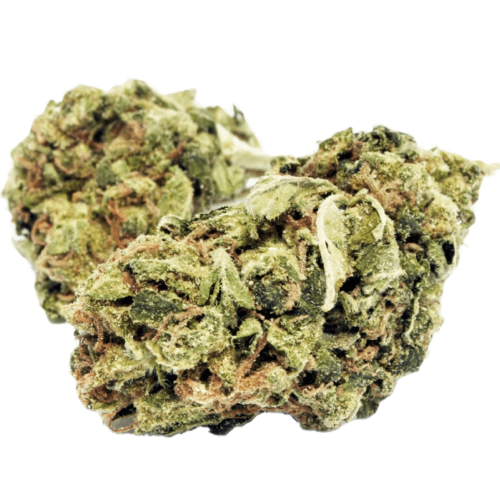
THC 12 - 13%
CBD 0.33 - 0.55%
Effect Concentrated
Flavor Nutty

THC 20.83 - 23%
CBD 0.37 - 0.7%
Effect Relaxed
Flavor Earthy
THC 15 - 17%
CBD 0.34 - 0.6%
Effect Hungry
Flavor Pear
Similar Strains By Taste
THC 16 - 20%
CBD 0.54 - 1.03%
Effect Sleepy
Flavor Spicyherbal
THC 12.8 - 15.2%
CBD 0.49 - 0.8%
Effect Relaxed
Flavor Skunk
THC 16 - 20%
CBD 0.28 - 0.53%
Effect Relaxed
Flavor Rose
Similar Strains By Growing

THC 13.56 - 15.19%
CBD 0.02 - 0.29%
Effect Aroused
Flavor Plum
THC 19.33 - 25%
CBD 0.81 - 1.31%
Effect Concentrated
Flavor Flowery
THC 17.44 - 19.44%
CBD 3.1 - 3.27%
Effect Happy
Flavor Sweet
THC 17.5 - 26%
CBD 0.36 - 1.58%
Effect Aroused
Flavor Lemon
Recent Strains
THC 18.63 - 22.3%
CBD 0.58 - 0.99%
Effect Sleepy
Flavor Pine
THC 13.5 - 19%
CBD 0.04 - 0.38%
Effect Tingly
Flavor Honey
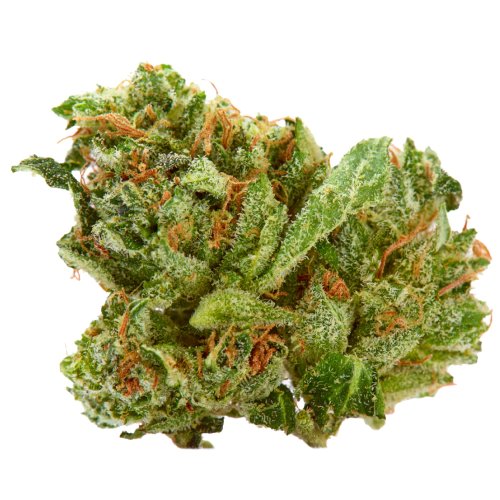

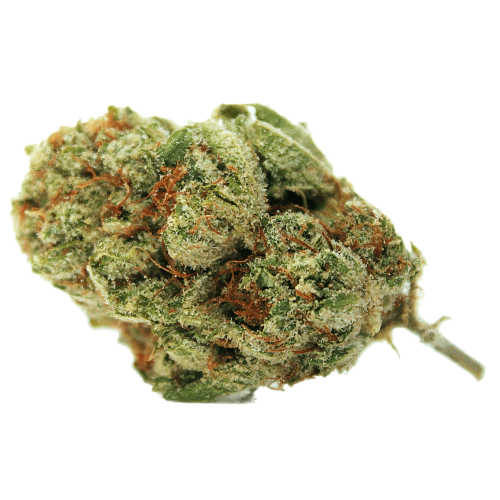
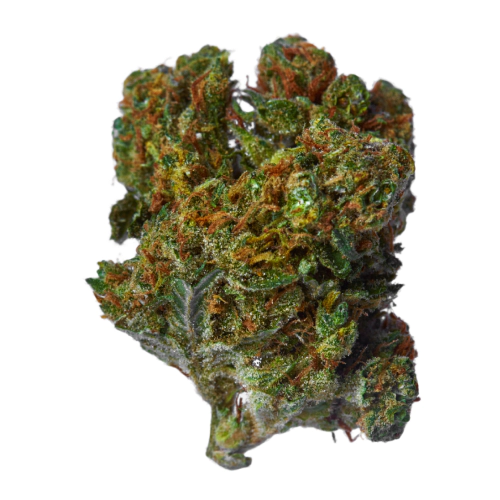
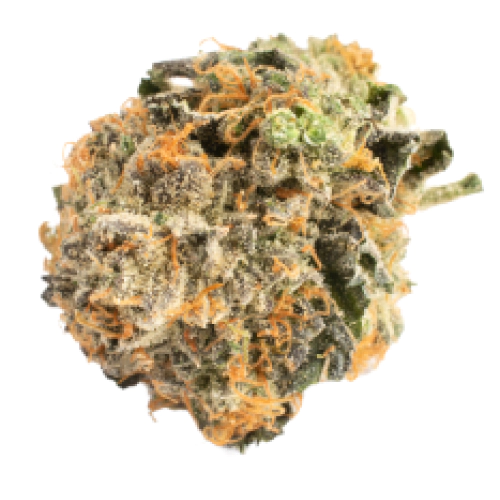
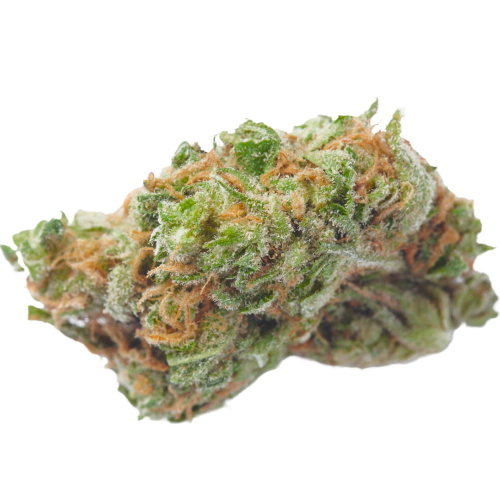

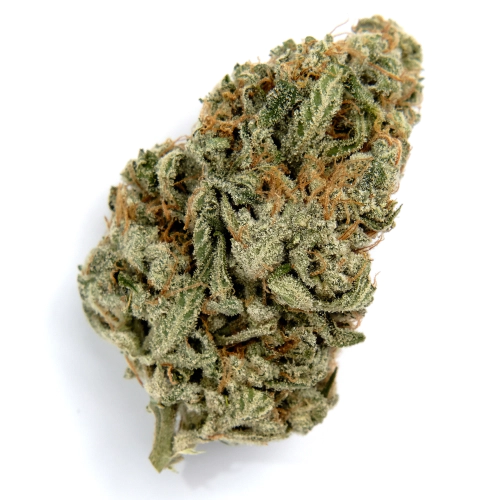
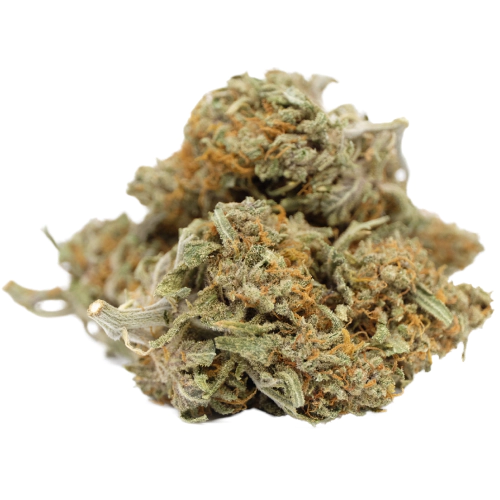
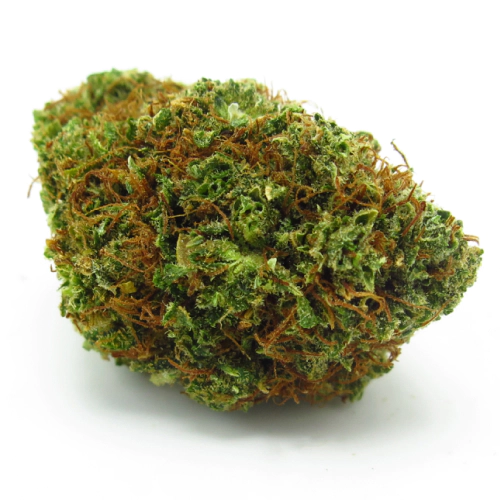
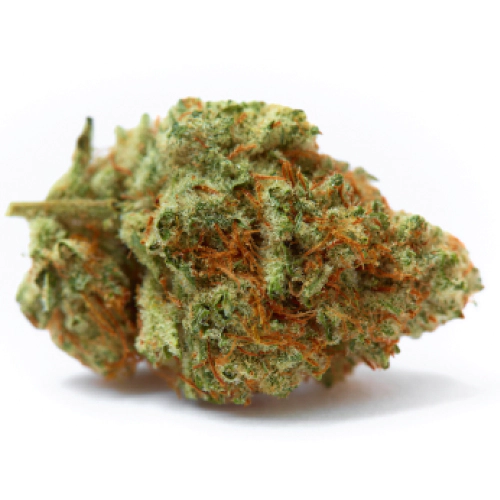
Be the first and share your opinion
Write a Review